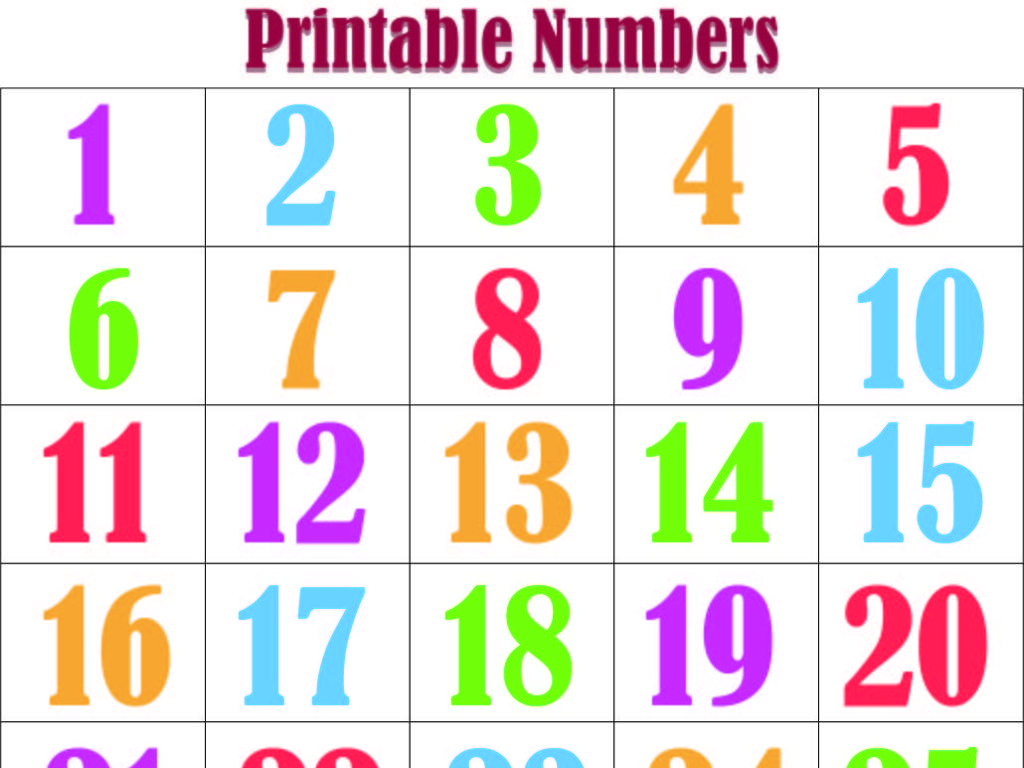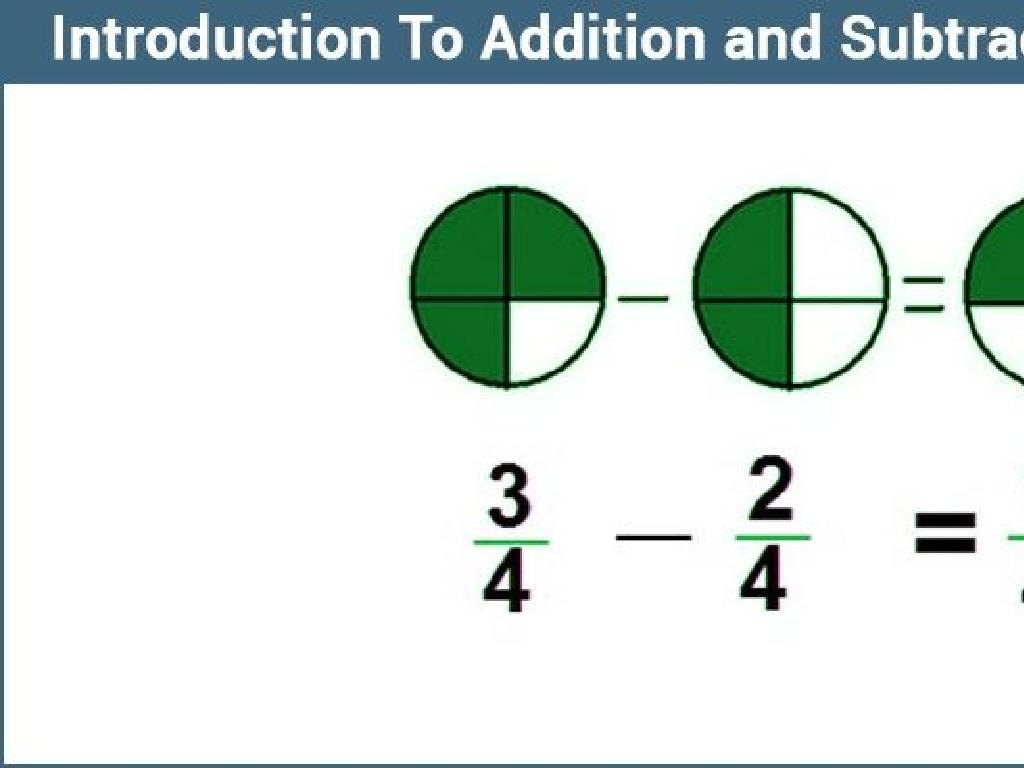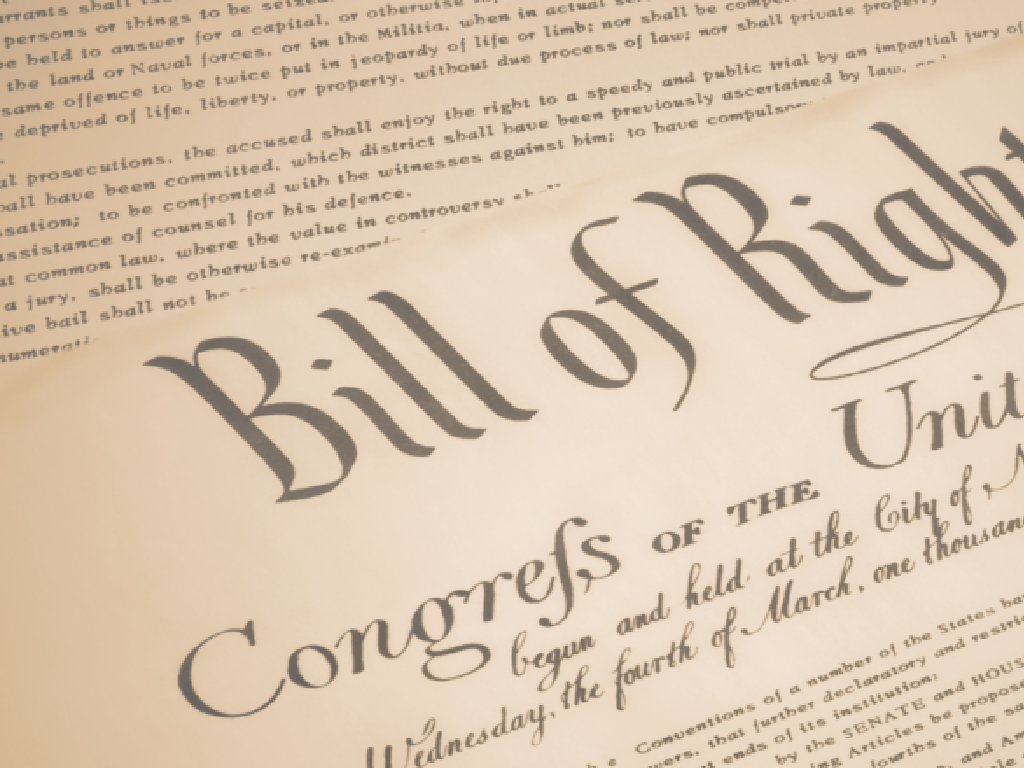Add Descriptive Details To Sentences
Subject: Language arts
Grade: Third grade
Topic: Descriptive Details
Please LOG IN to download the presentation. Access is available to registered users only.
View More Content
Welcome to Descriptive Details!
– Greeting and topic introduction
– Why descriptive details matter
– They make writing vivid and interesting
– Engage with a question
– Think of adjectives for your favorite place
– Share and discuss responses
– We’ll listen and learn from each other’s descriptions
|
Begin the class by warmly welcoming the students and introducing the topic of adding descriptive details to sentences. Explain that using descriptive details helps to paint a picture in the reader’s mind, making the writing more engaging and enjoyable. To involve the students, ask them to think of their favorite place and describe it using adjectives and sensory words. Encourage them to share their descriptions with the class. This will not only help them understand the concept but also practice their speaking skills. As students share, discuss the effectiveness of their descriptions and how they help to visualize the place.
Sprinkle Your Sentences with Descriptive Details
– What are descriptive details?
– Words that paint a picture in our minds
– Types of descriptive details
– Adjectives, adverbs, and sensory words
– Compare sentences: with and without
– ‘The dog ran’ vs. ‘The spotted dog ran swiftly’
– Practice adding details to sentences
|
Descriptive details are words that help the reader visualize or fully understand what the writer is describing. They can be adjectives that describe qualities, adverbs that describe actions, or sensory words that appeal to our senses. Show students examples of sentences that are plain and then add descriptive details to them to show the difference. For instance, ‘The dog ran’ can become ‘The spotted dog ran swiftly, its fur glistening in the sun.’ Encourage students to think of their own examples and to practice enhancing sentences with descriptive words. This will help them in writing more vivid and engaging stories or descriptions.
Using Our Senses to Enhance Writing
– Explore the five senses
– Sight, hearing, smell, taste, and touch help us describe experiences.
– Sensory details make writing vivid
– Using senses helps readers imagine the scene better.
– Examples of sensory-rich sentences
– ‘The cinnamon cookies smelled warm and spicy’ uses smell to add detail.
– Practice adding senses to sentences
– We’ll write sentences together and add sensory words.
|
This slide introduces the concept of using the five senses to add descriptive details to writing, making it more engaging and vivid for the reader. Start by explaining each of the five senses and how they relate to our experiences. Emphasize how sensory details can paint a clearer picture in the reader’s mind, making stories and descriptions come to life. Provide clear examples for each sense and encourage students to think of their own. Finally, involve the class in an interactive activity where they practice adding sensory details to simple sentences, enhancing their descriptive writing skills.
Show, Don’t Tell: Bringing Writing to Life
– ‘Showing’ vs. ‘Telling’ in writing
– ‘Telling’ states facts, ‘Showing’ describes scenes for a vivid picture.
– ‘Showing’ strengthens reader’s imagination
– Use sensory details to ‘show’ not just ‘tell’.
– Class practice: ‘Tell’ to ‘Show’ transformations
– Turn ‘The dog is fast’ into ‘The dog zoomed past like a race car’.
– Engage with vivid descriptions
|
This slide introduces the concept of ‘Show, Don’t Tell’ to enhance students’ descriptive writing skills. Begin by explaining that ‘telling’ simply informs the reader of facts, while ‘showing’ uses descriptive language to create a vivid mental image. Encourage students to use their senses to add details that ‘show’ the reader what is happening. Engage the class in an interactive activity where they transform ‘telling’ sentences into ‘showing’ sentences, fostering creativity and a deeper understanding of descriptive writing. For example, guide them to expand ‘The cake was good’ to ‘The cake tasted like a sweet cloud, with bursts of chocolate and vanilla dancing on my tongue.’ This exercise will help students grasp the importance of descriptive details in writing.
Spicing Up Sentences with Adjectives and Adverbs
– Review adjectives and adverbs
– Adjectives describe nouns, adverbs describe verbs
– Examples of enhanced sentences
– ‘The dog ran.’ becomes ‘The spotted dog ran quickly.’
– Interactive sentence-building activity
– Students add descriptive words to ‘The cat sat.’
|
This slide aims to reinforce the students’ understanding of adjectives and adverbs and their role in making sentences more vivid and informative. Begin by reviewing the definitions of adjectives and adverbs, emphasizing that adjectives modify nouns and pronouns, while adverbs modify verbs, adjectives, and other adverbs. Show examples of basic sentences and how they can be enriched with the addition of descriptive words. For the interactive activity, provide a simple sentence and have students choose appropriate adjectives and adverbs to add detail. This exercise will help them see the difference descriptive words can make and encourage them to use them in their writing. The activity should be fun and engaging, allowing students to experiment with language and see the immediate impact of their choices.
Let’s Practice Adding Details!
– Start with a simple sentence
– Volunteers add descriptive words
– Use adjectives and adverbs to enhance the sentence
– Discuss improvements made
– How do added details make the sentence more interesting?
– Visualize the detailed sentence
– Imagine the scene with the added details
|
This slide introduces a class activity focused on enhancing sentence structure with descriptive details. Begin by writing a simple sentence on the board, such as ‘The dog ran.’ Invite students to volunteer by adding adjectives, adverbs, and other descriptive words or phrases to make the sentence more vivid, like ‘The small, spotted dog ran swiftly across the lush, green field.’ Discuss with the class how each added detail enriches the sentence and helps to paint a clearer picture in the reader’s mind. Encourage students to visualize the difference between the original and the detailed sentence. This exercise aims to develop their ability to use descriptive language effectively in their writing. Possible activities for different students could include adding sensory details, emotional descriptors, or action words to various simple sentences.
Your Turn to Write: Adding Descriptions
– Write sentences with descriptions
– Use sensory details and descriptors
– Include sights, sounds, smells, tastes, and textures
– Show, don’t just tell
– Describe a scene to make it come alive
– Be creative in your writing
– Use your imagination to make your sentences interesting
|
This slide introduces an independent writing activity aimed at enhancing the students’ ability to use descriptive details in their sentences. Encourage the students to use sensory details that appeal to the five senses, as well as adjectives and adverbs to add color and depth to their writing. Remind them of the difference between ‘showing’ and ‘telling’ by giving examples: instead of saying ‘the dog is fast,’ show it with ‘the dog zoomed past the trees like a blur.’ Provide a comfortable and supportive environment for creativity, and let them know that it’s okay to experiment with their writing. For the activity, students can write about a place they like, a favorite memory, or a fictional scene. After writing, they can share their sentences with the class or in small groups to discuss the use of descriptive details.
Sharing Our Work: Descriptive Details
– Students share their sentences
– Give positive feedback on details
– Praise the use of adjectives and adverbs
– Discuss the role of descriptive details
– Descriptive details like colors, shapes, and sizes enhance visualization
– Understand how details create images
– Details help readers visualize the story better
|
This slide is meant to facilitate a classroom activity where students will share the sentences they’ve written with the class. As each student shares, provide specific positive feedback on their use of descriptive details, such as adjectives and adverbs, and how they make the sentences more vivid. Engage the class in a discussion on how these details help to create a mental image or paint a picture in our minds, enhancing the storytelling. This will help students understand the importance of adding descriptive details to their writing. Prepare to offer guidance on how to further embellish sentences with details and encourage students to think about the sensory experiences their descriptions evoke.
Class Activity: Descriptive Gallery Walk
– Set up stations with various pictures
– Walk around and write descriptive sentences
– Observe each picture and think of words to describe what you see
– Use senses for detailed descriptions
– What do you smell, touch, hear, or feel?
– Share your descriptive sentences
|
This activity is designed to enhance the students’ ability to add descriptive details to their writing. Set up different stations around the room, each with a unique picture. Students will walk from station to station and write sentences that describe what they see in the pictures. Encourage them to use sensory details: what the scene might smell like, what sounds one might hear in that setting, and what textures the objects might have. After the gallery walk, have students share their sentences with the class to learn from each other’s observations and vocabulary. This will help them understand the importance of using descriptive language to paint a vivid picture in the reader’s mind.
Wrapping Up: Descriptive Details
– Recap on descriptive details
– Homework: Describe your favorite place
– Write a paragraph about a place you love
– Use sensory details in writing
– Mention how things look, sound, smell, feel, and taste
– Include adjectives and adverbs
– Words that describe nouns and verbs enhance your story
|
As we conclude today’s lesson, remind students of the importance of using descriptive details to make their sentences more vivid and interesting. For homework, they should write a short paragraph about their favorite place, ensuring they include sensory details that appeal to sight, sound, smell, touch, and taste. Encourage the use of adjectives to describe nouns and adverbs to describe verbs, which will enrich their descriptions. This exercise will help them practice what they’ve learned and improve their ability to write descriptively. In the next class, we can have a few volunteers share their paragraphs to celebrate their creativity and effort.






